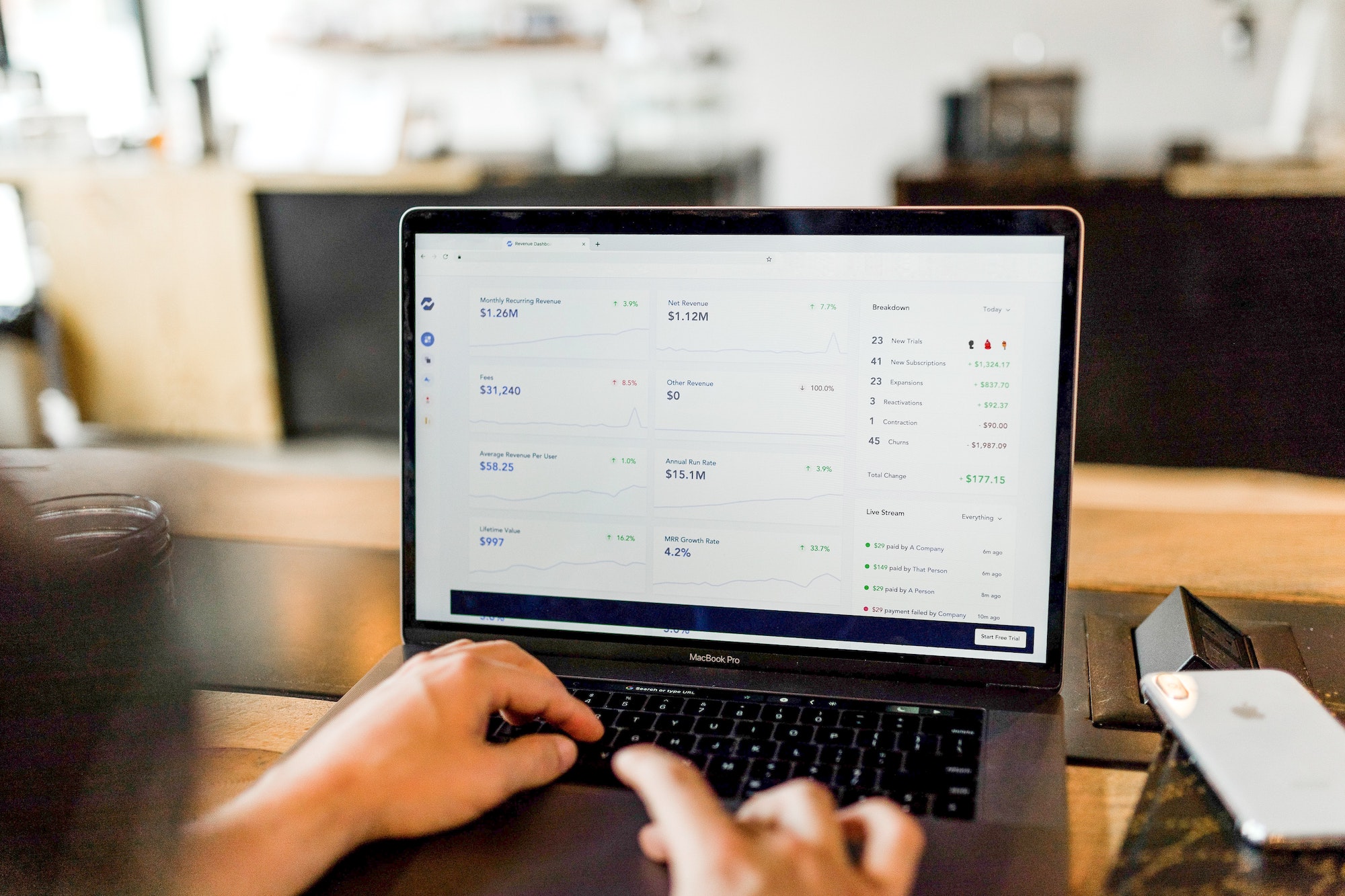The fed is doing everything it can to halt inflation, which means it’s going to slow the economy eventually. Therefore I thought it would be helpful to highlight the eight financial metrics every entrepreneur should know and track very carefully.
1 – Breakeven Number
Your breakeven number tells you how many units, of whatever it is you sell, you need to sell in order to pay all your bills and eke out a profit. Know this number and aim to have it accomplished no later than the end of the second week of the month.
2 – Your Profit Margin
This tells you for every $1 you sell, how much profit you make, as a percentage. Take your total profit, divide it by your revenue and this gives you the percentage. This is your profit margin. Knowing your profit margin on every sale gives you a different sense of whether your business model is sustainable.
3 – Fixed Costs
You owe these regardless of how well you do this month. Salaries, rent, and insurance are common in this category. These are harder to adjust and should be monitored as a percentage of total expenses.
4 – Variable Costs
These costs fluctuate based on how much you sell. Sell more, up they go. And vice versa. I like to keep as much as possible in variable vs fixed costs but that’s not always practical. Monitoring this as a percentage will tell you how flexible you can be when things change.
5 – Gross Profit
Not the same as profit. This is revenue minus your cost of sale. What you book in costs of sale (also referred to as cost of goods sold) depends on your industry. These costs are sometimes more difficult to track because they are managed by third-party providers, but you must track them to understand how much it’s actually costing you to buy services/products that you then sell to make a profit.
6 – Sales Growth
Measured month over month, year over year, quarter over quarter, or whatever increment in time you like, this helps you answer questions about whether or not you are growing and the rate of that growth.
7 – Average Revenue Per Sale
I like this one because it can help you budget growth. If you know your business generates $1000 average revenue per sale, and you know your fixed and variable costs, you can plug in growth numbers and begin to visualize how to operationalize the growth you’d like to achieve.
8 – Burn Rate
If you’re not profitable this number is critical because it tells you how much you’re spending per month and should be looked at with how much cash you have. For example, if you’re spending $25K per month (with no profit, so it’s actually a loss on the books) and you have $100K in the bank, you have 4 months to turn things around (or get more cash) before you’re out of the business.


